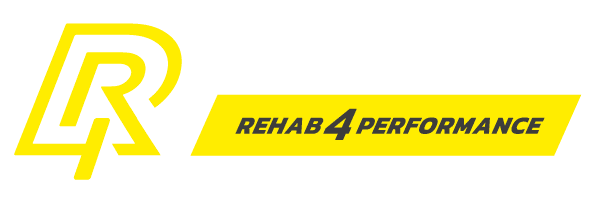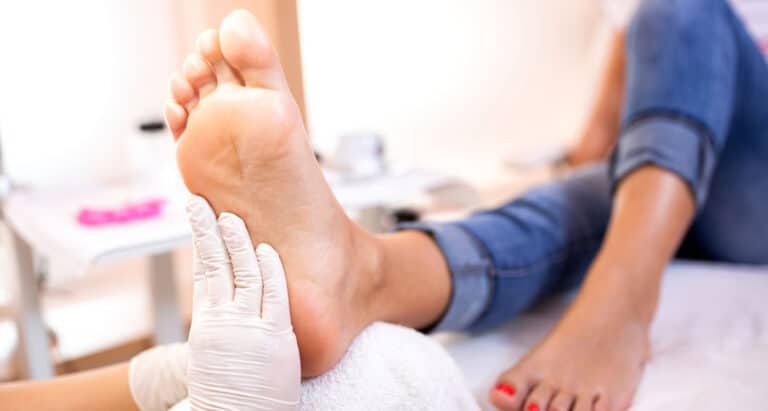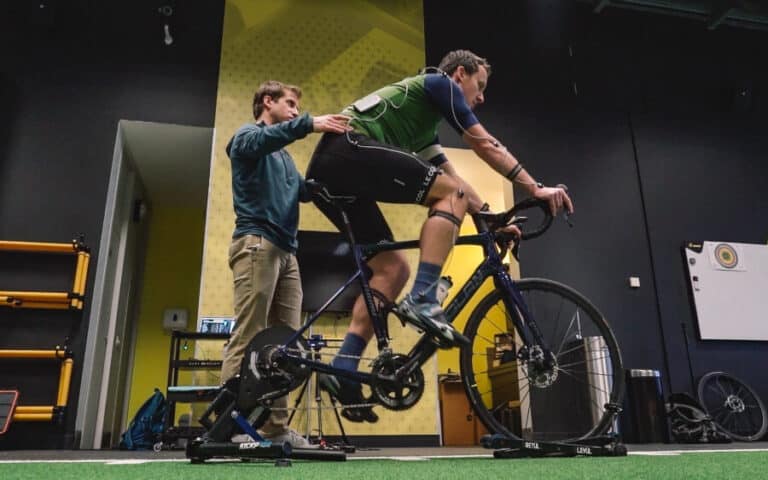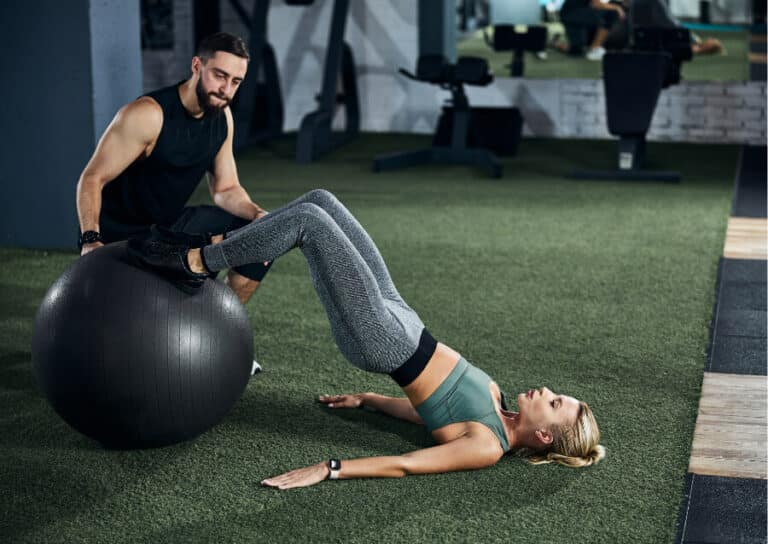Essentially the athlete knows something significant has happened, is immediately worried that it could be “the big one” ie the ACL but is also holding out hope that as it doesn’t feel as bad as they feared that perhaps they have got away with it!
This is an excellent short documentary on dealing with ACL injury and the rehabilitation journey back to performance in a professional footballer.
In elite sport most medical teams have access to instant replays and usually the observed mechanism raises an initial suspicion that an ACL injury has occurred and this can usually (but not always) be confirmed on the pitch through a combination of initial pain location (lateral aspect of the knee) and a knee assessment which focuses on assessing the integrity of the major ligaments.
But anyway…we digress.
Once the injury has been confirmed, the surgery has happened, the athlete has got their head around the period of time they are likely to be missing from activity then inevitably the next question is “when will I be able to run again?”.
A return to running is always of huge significance following injury. From a psychological perspective, it’s a step that signifies a return to athletic activity (albeit at low speeds) and is another activity ticked off which in their darkest days they have probably doubted they would ever do again.
In terms of timescales 12 weeks was traditionally given as the time to aim to be back running but as we have become more objective in terms of our decision making and task-based criteria it’s clear that this has to be individualised; even if the surgeon gives the green-light from a graft and tunnel point of view.
Here at R4P, we use the following criteria to determine readiness for return to running.
- Dry knee/trace effusion
- Single leg press >1.5x BW
- IKD QUADcon 60 w/rep >3x BW
- IKD HAMecc30 PT >2x BW
- IKD SOLecc90 PT > 2x BW
- SL squat symmetry < 15% asymmetry key variables
- CMJ squat symmetry < 15% asymmetry key variables
- Psychological readiness
- Performance of A-drills
- Double leg pogo (stiffness drills)
As we also have access to our Alter-G we will also use a clear progression on here as the final criteria.
The alter-g enables us to drop an individual’s “bodyweight” on there to 50% and gradually progress them in terms of weight / speed / volume / distance until they reach a point where treadmill / road / track or pitch based jogging can commence.
Our exercise progressions in the first 3 months work towards achievement of the above criteria at approximately 16 weeks.
Here is one of our athletes working through a typical early phase rehab program and you can see how those exercises will link into the criteria we are working towards.
We are huge advocates for the importance of isolated quadriceps strength (integrated into movement competency and general lower limb strength) so that the knee is able and happy to absorb forces during jogging (and eventually the hugely demanding tasks of change of direction, deceleration and full return to sport!).
Erik Meira wrote an excellent blog on his criteria (and reasoning) for returning to run and it’s well worth some further reading.
https://thesciencept.com/return-to-running-after-aclr/
Any questions, drop us an email or a direct message on our socials.
CMo & MK












